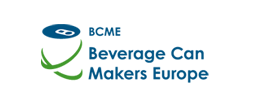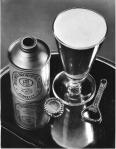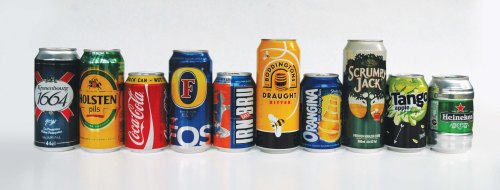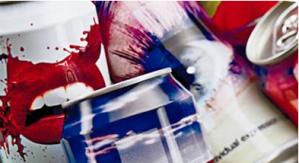Figures compiled by Canadean for BCME have revealed the resilience of the can as production levels for beverage cans across Europe rise despite difficult marketing conditions.
The new figures show that there were more than 59 billion cans for soft drinks and beer produced in Europe during 2012, reflecting how soft drinks producers and brewers recognise the convenience and endless recyclability of the can.
A 3.7% increase on the previous years’ production rate equates to the manufacture of an impressive two billion extra cans, and comes despite the fact there has been an almost 1% drop in beer consumption across Europe.
The upward shift in can production was driven by strong performances in Eastern Europe, where can fillings grew 5.7%, and the Nordic region which grew by 4.6%. The 3.2% growth seen in Western Europe was well above GDP growth in the region, and this success was followed by 3.4% growth in the production of cans for soft drinks across Europe as a whole.
Overall fillings for cans for beer increased by 4% despite the fall in consumption, pointing to a noticeable long-term shift emerging in the beer market away from refillable glass bottles to cans. The economic challenges have resulted in people choosing to stay away from bars and instead purchase packaged beers from supermarkets to enjoy a night at home instead, and brewers are responding to this change.
The resilience of the beverage can, the ease of filling and its excellent recycling credentials all combine to ensure the can remains a popular choice of packaging for beer, soft drinks and energy cans.










![GB_Premix_Range_UK_(Diagonal)_July_2011[1]](https://cannedcomment.files.wordpress.com/2011/12/gb_premix_range_uk_diagonal_july_20111.jpg?w=500)
![Gordons_and_Tonic_GB_Front_(top)[1]](https://cannedcomment.files.wordpress.com/2011/12/gordons_and_tonic_gb_front_top1.jpg?w=89&h=150)
![Pimms_and_Lemonade_Front_(Straight)[1]](https://cannedcomment.files.wordpress.com/2011/12/pimms_and_lemonade_front_straight1.jpg?w=85&h=150)
![Morgans_Spiced_and_Cola_front_(straight)[1]](https://cannedcomment.files.wordpress.com/2011/12/morgans_spiced_and_cola_front_straight1.jpg?w=78&h=150)
![Smirnoff_Lime_and_Cola_Front_(Straight)[1]](https://cannedcomment.files.wordpress.com/2011/12/smirnoff_lime_and_cola_front_straight1.jpg?w=70&h=150)
